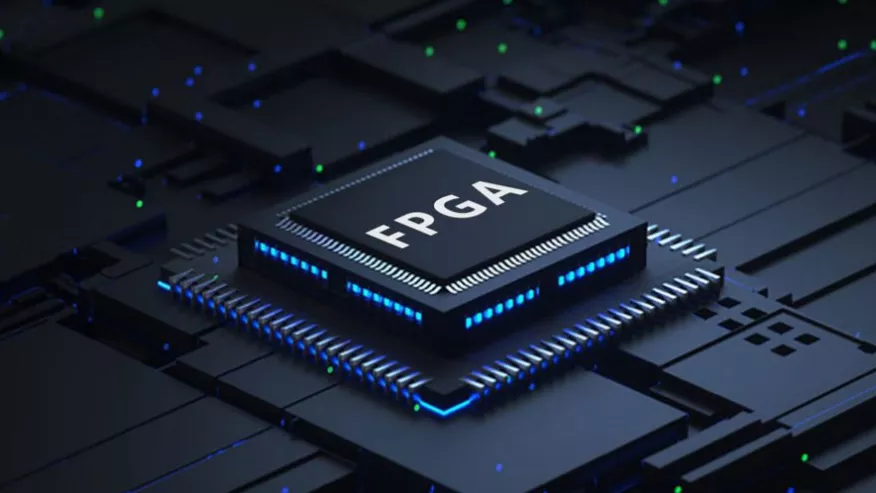The State of the FPGA Union is Uncertain
By Steve Leibson, EETimes (November 6, 2024)

 Currently, the state of the FPGA Union and market is uncertain, thanks to tectonic upheavals with some key players. Meanwhile, the outlook for new FPGAs, whether high-end, mid-range, or low-cost, has never been better. This is mixed news, yes, but it portends good things for designers of FPGA-based systems.
Currently, the state of the FPGA Union and market is uncertain, thanks to tectonic upheavals with some key players. Meanwhile, the outlook for new FPGAs, whether high-end, mid-range, or low-cost, has never been better. This is mixed news, yes, but it portends good things for designers of FPGA-based systems.
More changes than products at the high-end
Let us deal with the FPGA sector’s uncertainty first. In February, Intel announced it was spinning out its FPGA-making group, the Intel Programmable Solutions Group (PSG), as a quasi-independent company. It restored the group to its old name, Altera, but with a new tagline: “An Intel Company.”
To read the full article, click here
Related Semiconductor IP
- HBM4 PHY IP
- Ultra-Low-Power LPDDR3/LPDDR2/DDR3L Combo Subsystem
- HBM4 Controller IP
- IPSEC AES-256-GCM (Standalone IPsec)
- Parameterizable compact BCH codec
Related News
- GOWIN's progress in global automotive market gathers momentum with award of ISO 26262 certification for its FPGA design environment
- Global Semiconductor Sales Increase 15.8% Year-to-Year in April; New Industry Forecast Projects Market Growth of 16.0% in 2024
- Global Top 10 IC Design Houses See 49% YoY Growth in 2024, NVIDIA Commands Half the Market, Says TrendForce
- 2024 Global Semiconductor Materials Market Posts $67.5 Billion in Revenue
Latest News
- Cyient Semiconductors Acquires Majority Stake in Kinetic Technologies to Drive Custom Power IC Leadership for Edge AI and High-Performance Compute Markets
- Rivian Unveils Custom Silicon, Next-Gen Autonomy Platform, and Deep AI Integration
- NanoXplore raises €20 million from MBDA and Bpifrance to accelerate its diversification into defense and its growth in support of European strategic sovereignty
- Omni Design Technologies Appoints Hinesh Shah as Vice President of Strategic Sales
- DHRUV64: India’s First 1.0 GHz, 64-bit dual-core Microprocessor